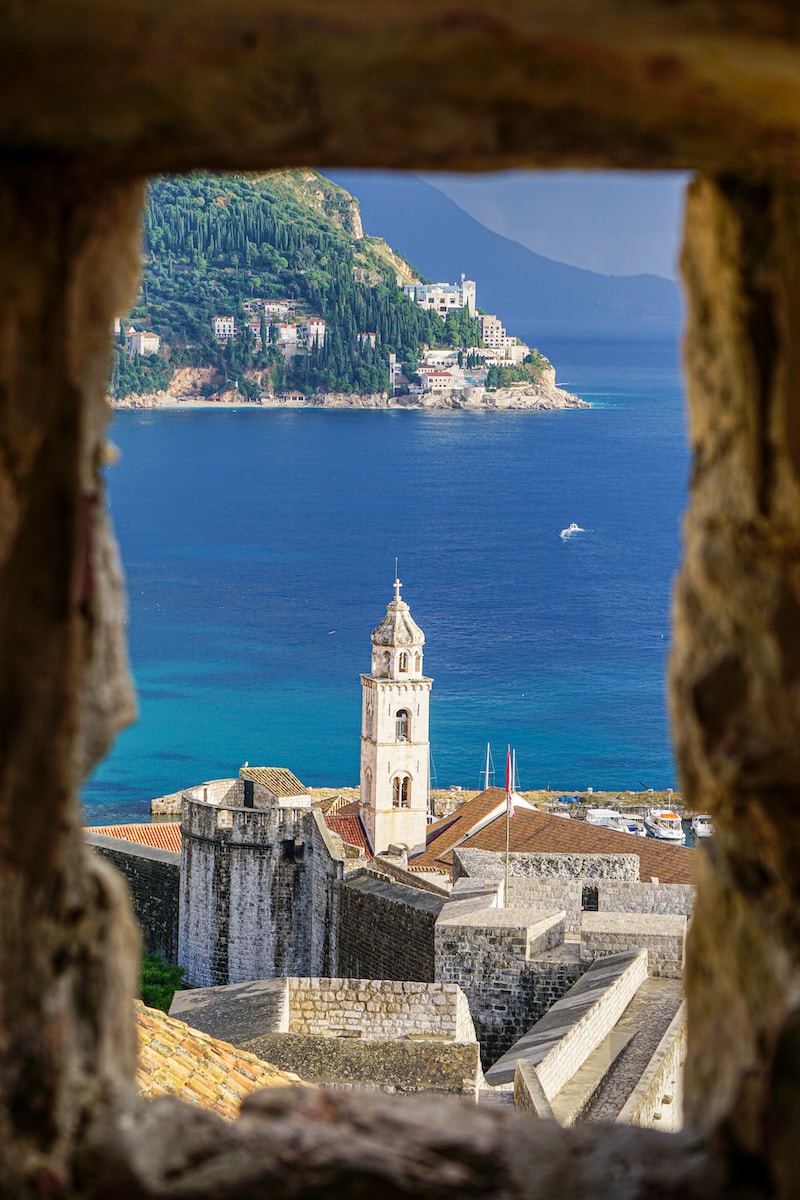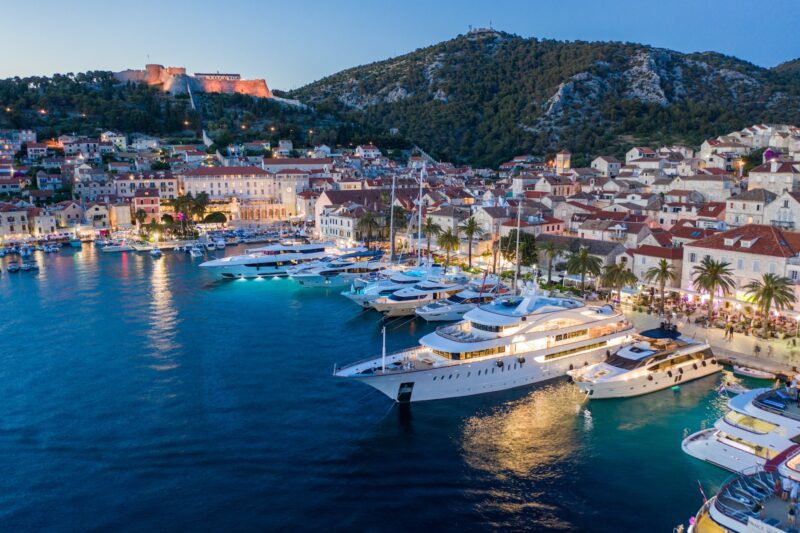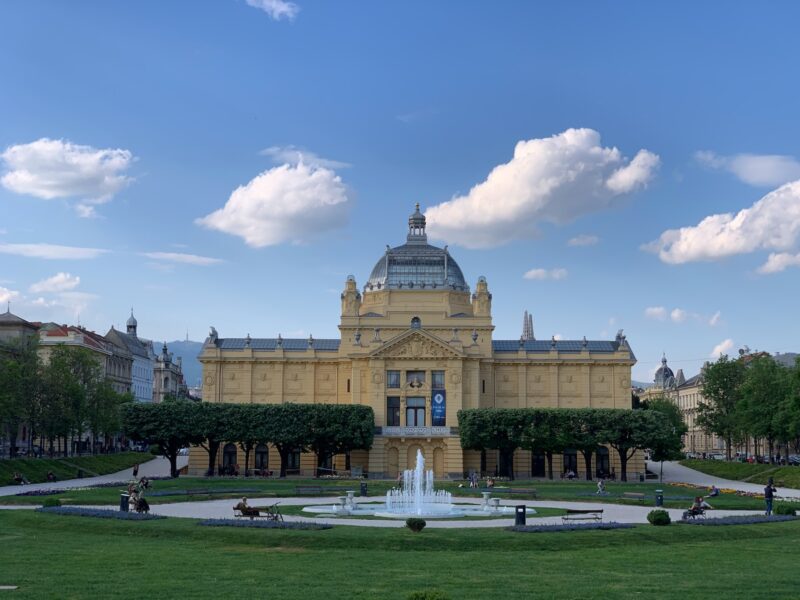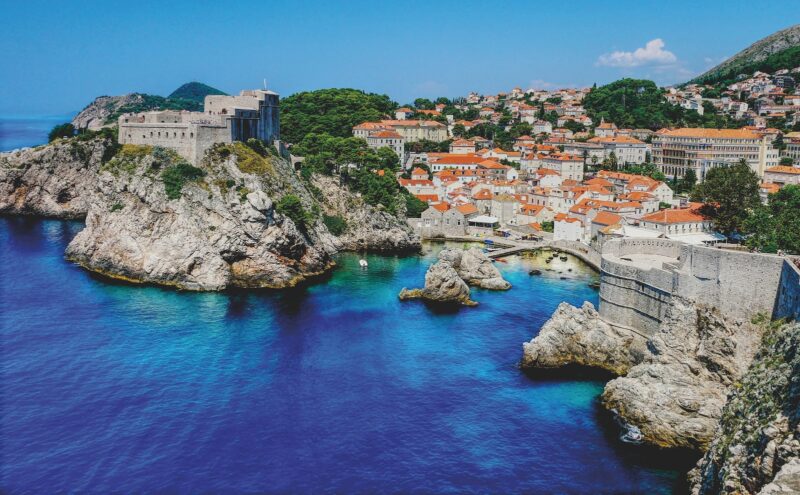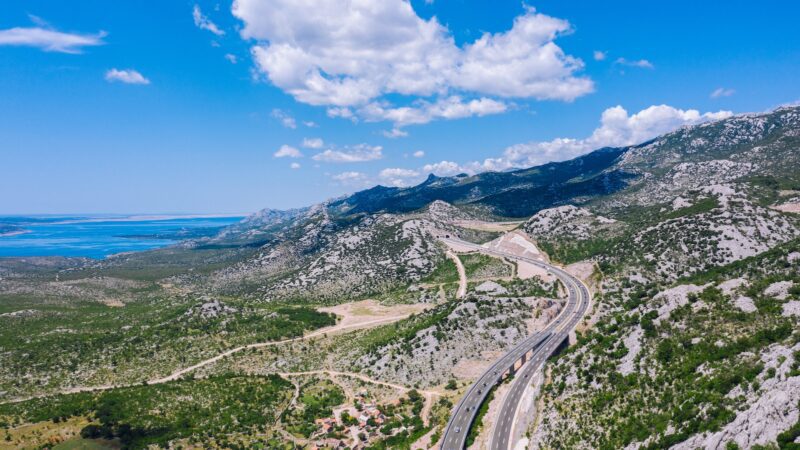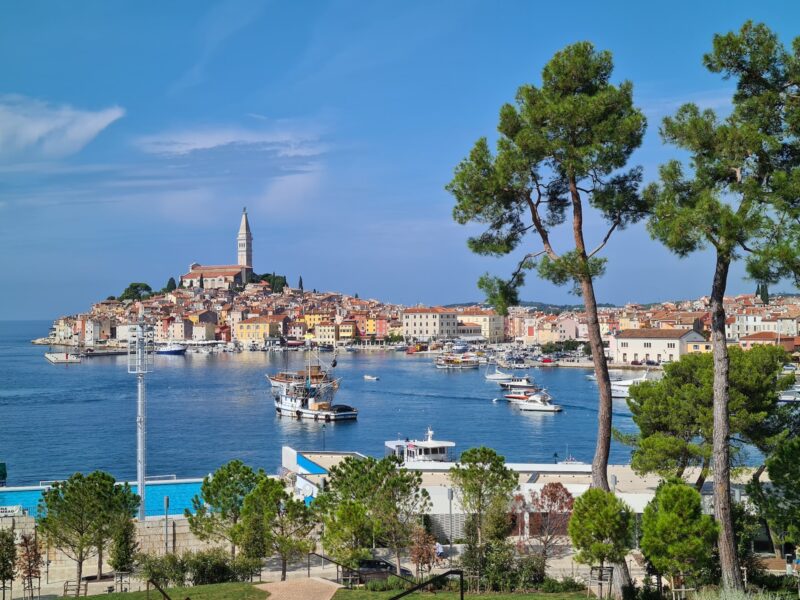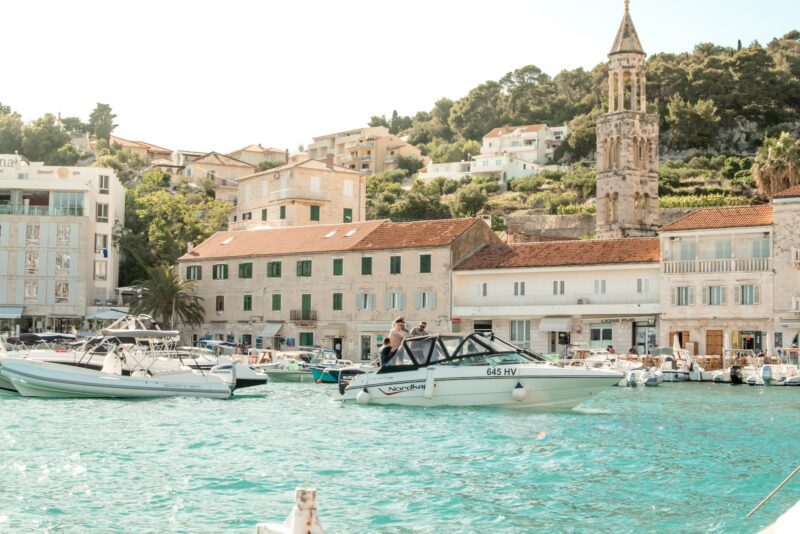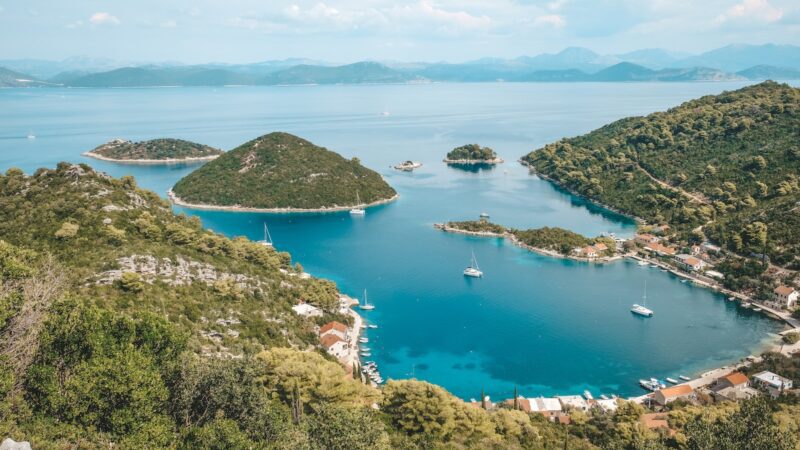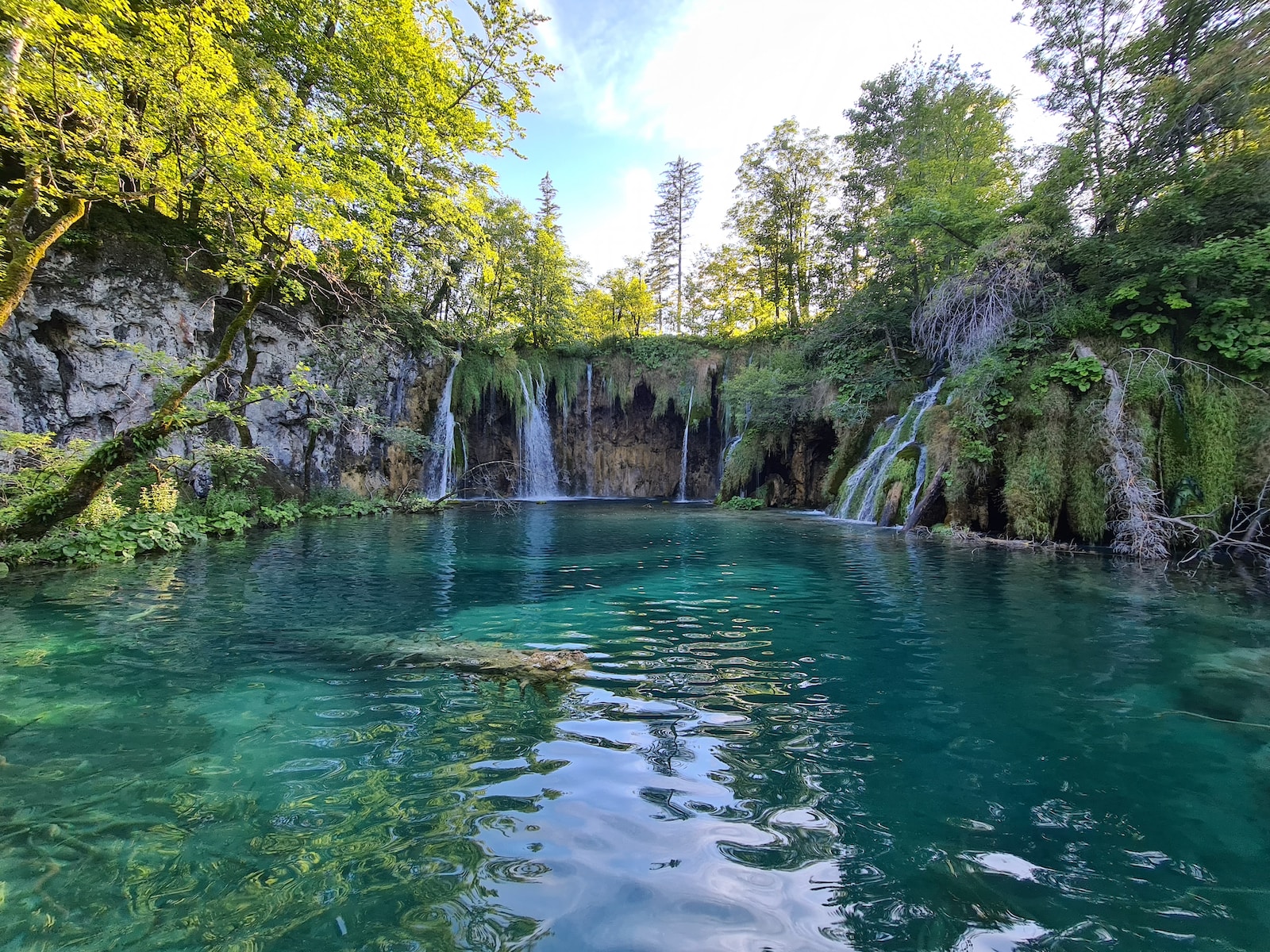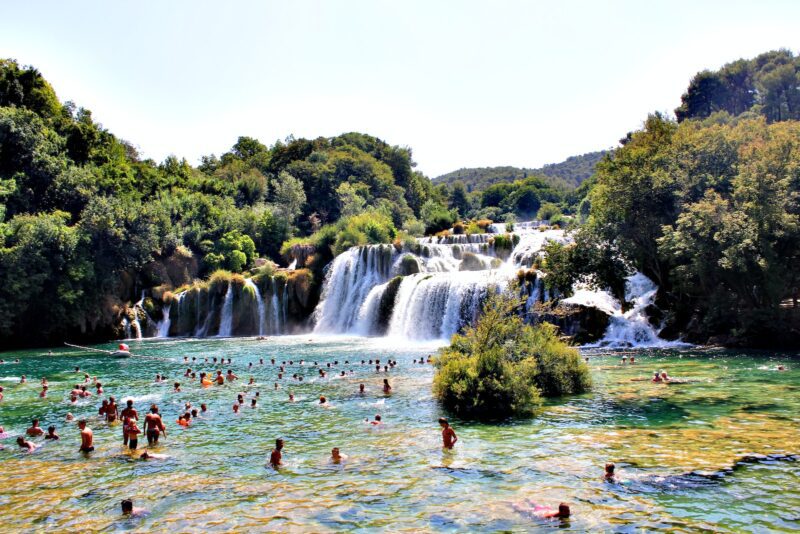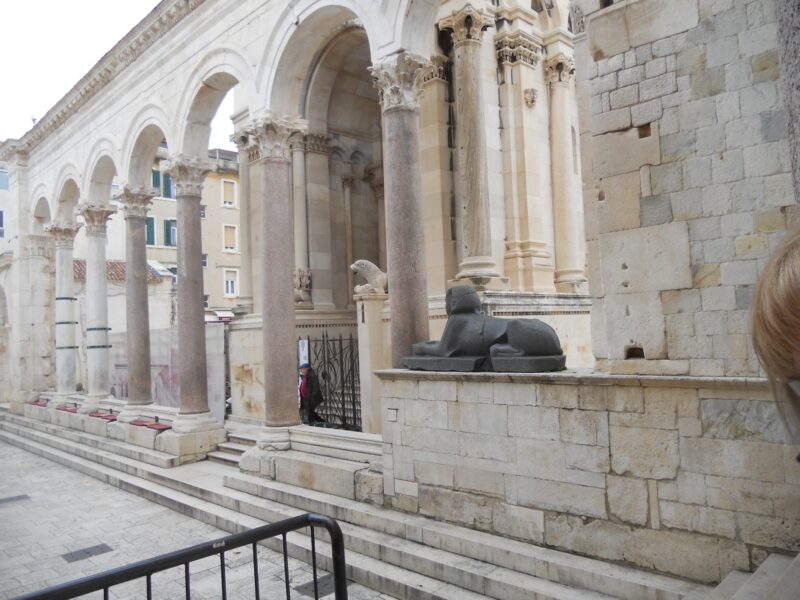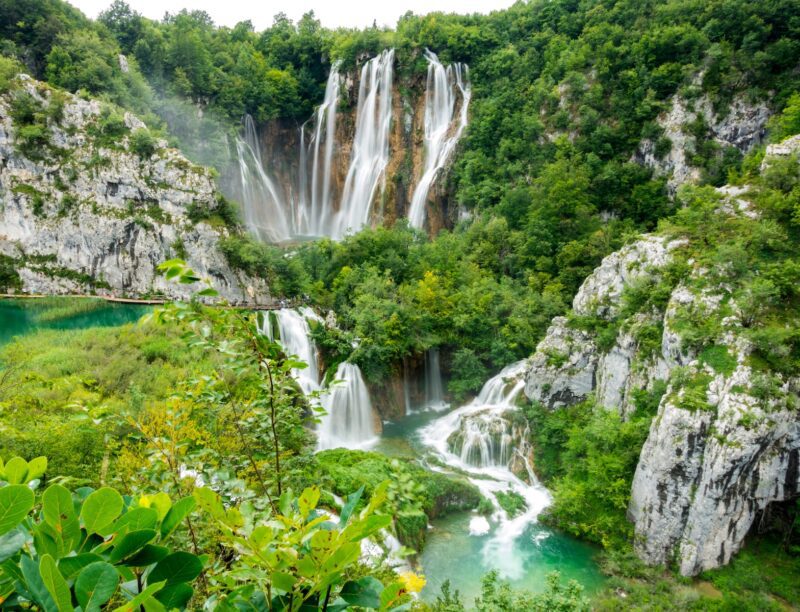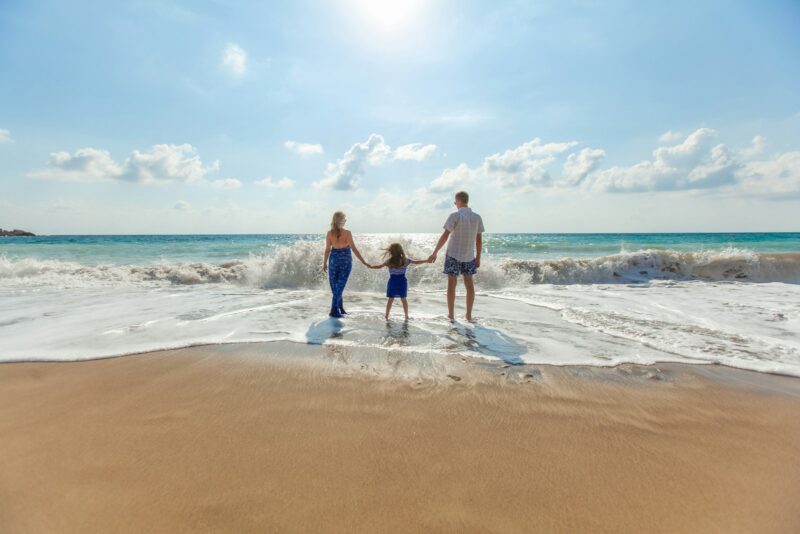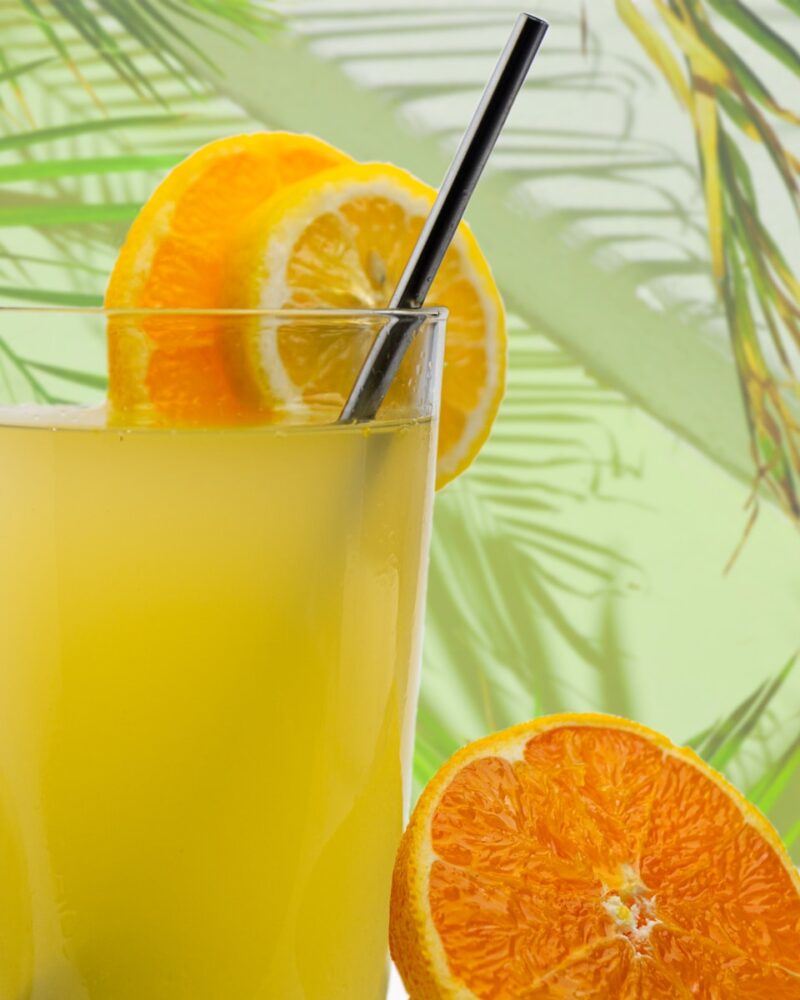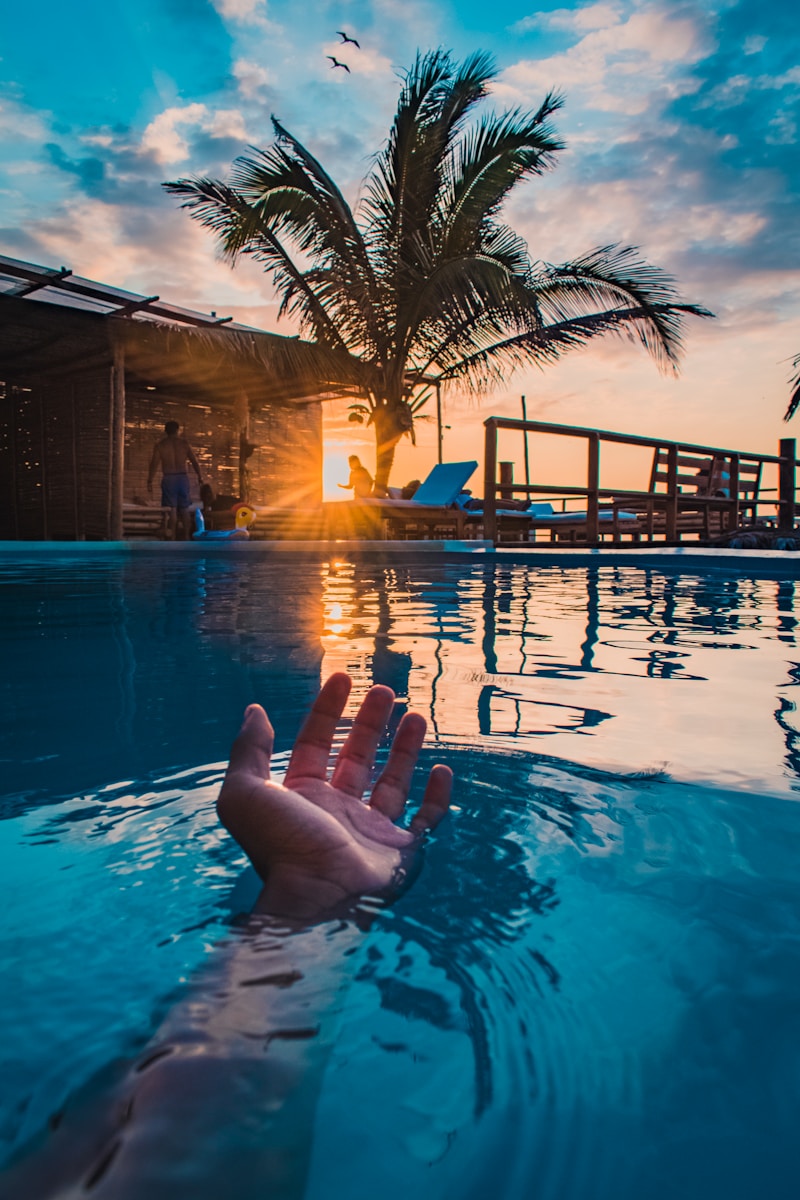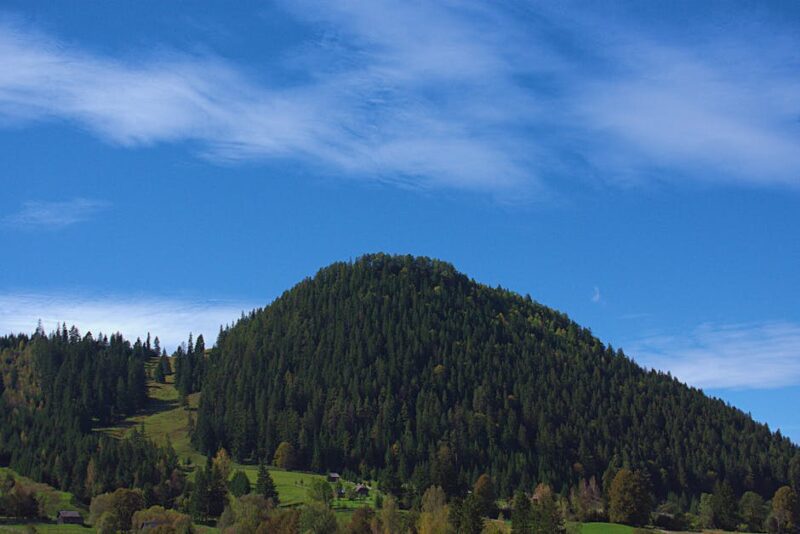Croatia is a stunning destination in Europe that is often overlooked by travelers. However, with its beautiful coastline, rich history, and delicious cuisine, it is definitely worth a visit. This travel guide to Croatia will provide readers with all the necessary information to plan a memorable trip.
Table of Contents
ToggleOverview of Croatia
Croatia is a country located in Southeast Europe. It has a population of approximately 4 million people. The country’s culture is heavily influenced by its location at the crossroads of Central Europe, the Mediterranean, and the Balkans. Croatia has a rich history that spans back to ancient times, with evidence of human habitation dating back to the Paleolithic era.
In more recent history, Croatia was a part of Yugoslavia until its independence in 1991. This period of recent history has had a significant impact on the country, with the Croatian War of Independence resulting in the loss of many lives and the displacement of many citizens. Despite this, Croatia has made significant progress in rebuilding and developing its economy and infrastructure.
Croatia is known for its stunning natural beauty, with a diverse landscape that includes mountains, forests, and beaches along the Adriatic Sea. The country is also home to many historic sites and landmarks, including the ancient city of Dubrovnik and the Diocletian’s Palace in Split.
Culture
Croatia’s culture is characterized by its rich history and traditions, with a strong emphasis on family values, hospitality, and community. The country’s cuisine is also heavily influenced by its location and history, with a diverse range of dishes that incorporate Mediterranean, Central European, and Balkan flavors.
Overall, Croatia is a unique and fascinating destination that offers something for everyone, from its stunning natural beauty to its rich cultural heritage and history.
Best Time to Visit
Croatia is a beautiful country with a varied climate that can be enjoyed all year round. However, the best time to visit depends on what you want to do and see. Here are some factors to consider when planning your trip:
High Season in Croatia
The high season in Croatia is from June to August. During this time, the weather is warm and sunny, and the sea is perfect for swimming. However, this is also the busiest time of the year, and prices for accommodation and activities can be high. Popular tourist destinations such as Dubrovnik and Hvar can be crowded, and it may be challenging to find a quiet spot to relax.
Shoulder Season
The shoulder season in Croatia is from April to May and September to October. During this time, the weather is still pleasant, and there are fewer tourists. The sea is still warm enough for swimming, and prices for accommodation and activities are more affordable. Many restaurants and shops are still open, and you can enjoy the beauty of the country without the crowds.
Best Time to Visit Croatia
The best time to visit depends on your preferences. If you want to enjoy the beaches and the sea, the high season is the best time to go. However, if you prefer to avoid the crowds and save some money, the shoulder season is an excellent choice. If you love outdoor activities such as hiking and cycling, the best time to visit is during the spring and autumn when the weather is mild and perfect for exploring.
In conclusion, Croatia is a beautiful country all year round. Whether you prefer the warm summer sun or the mild autumn breeze, there is always something to see and do.
Major Cities in Croatia
Croatia is a beautiful country with a rich history and culture. It is home to many beautiful cities that are worth visiting. Here are some of the major cities that you should consider visiting:
Zagreb
Zagreb is the capital city of Croatia and one of the most beautiful cities in the country. It is a vibrant city with a rich history and culture. Some of the top attractions in Zagreb include the Zagreb Cathedral, the Museum of Broken Relationships, and the St. Mark’s Church.
Dubrovnik
Dubrovnik is a city located in the southern part of Croatia. It is known for its beautiful old city, which is a UNESCO World Heritage Site. The old city of Dubrovnik is surrounded by walls that were built in the 16th century to protect it from invasion. Some of the top attractions in Dubrovnik include the Dubrovnik Cathedral, the Rector’s Palace, and the Lovrijenac Fortress.
Split
Split is the second-largest city in Croatia and is located on the Dalmatian coast. It is known for its beautiful beaches, crystal-clear waters, and ancient Roman ruins. Some of the top attractions in Split include the Diocletian’s Palace, the Cathedral of Saint Domnius, and the Ivan Mestrovic Gallery.
Zadar
Zadar is a city located on the Adriatic Sea and is known for its beautiful beaches and historic landmarks. Some of the top attractions in Zadar include the Sea Organ, the Greeting to the Sun, and the St. Donatus Church.
Rovinj
Rovinj is a city located on the Istrian peninsula and is known for its beautiful beaches and historic landmarks. Some of the top attractions in Rovinj include the St. Euphemia’s Basilica, the Rovinj Heritage Museum, and the Balbi’s Arch.
These are just a few of the major cities that are worth visiting. Each city has its own unique charm and beauty, so be sure to explore them all!
Exploring the Croatian Islands
Croatia is known for its stunning islands, and exploring them is a must-do activity for any traveler visiting the country. Here are some of the top islands to visit:
Hvar
Hvar is one of the most popular islands in Croatia, and for good reason. It boasts beautiful beaches, crystal-clear waters, and a vibrant nightlife. The island is also home to Hvar Town, a charming town filled with ancient architecture, restaurants, and shops.
Korčula
Korčula is another stunning island that is worth a visit. The island is known for its picturesque old town, which is surrounded by medieval walls and towers. Visitors can also enjoy the island’s beautiful beaches and crystal-clear waters.
Mljet
Mljet is a lesser-known island that is perfect for those looking for a quieter, more secluded vacation. The island is home to a stunning national park, which features two saltwater lakes surrounded by lush greenery. Visitors can also explore the island’s many hiking trails and secluded beaches.
Overall, exploring the Croatian islands is a must-do activity for any traveler visiting the country. Each island offers its own unique charm and beauty, making it easy to find the perfect island for your vacation.
National Parks and Natural Sites
From stunning lakes to cascading waterfalls, these natural wonders offer visitors the chance to explore the country’s diverse and unique landscape.
Plitvice Lakes National Park
Plitvice Lakes National Park is one of the most popular tourist destinations in Croatia, and for good reason. The park is home to 16 interconnected lakes that are known for their distinctive colors and crystal-clear waters. Visitors can explore the park on foot, taking in the stunning scenery and wildlife along the way. Be sure to bring your camera, as the park offers some of the most picturesque views in the country.
Krka National Park
Krka National Park is another must-see destination for nature lovers. The park is home to the Krka River, which is famous for its stunning waterfalls and cascading pools. Visitors can take a dip in the river’s refreshing waters or explore the park’s many hiking trails. The park is also home to a number of historical sites, including the Krka Monastery and the ancient Roman city of Burnum.
Mljet National Park
Mljet National Park is located on the island of Mljet and is known for its stunning natural beauty. The park is home to two saltwater lakes, which are surrounded by lush forests and rolling hills. Visitors can explore the park on foot or by bike, taking in the stunning scenery and wildlife along the way. The park is also home to a number of historical sites, including the ancient Roman palace of Polace.
Whether you’re a nature lover or just looking for a break from the hustle and bustle of city life, the national parks and natural sites offer something for everyone. From stunning lakes to cascading waterfalls, these natural wonders are sure to leave a lasting impression on visitors.
Top Attractions in Croatia
Croatia is a country with a rich history and natural beauty that attracts millions of tourists every year. From ancient ruins to stunning coastlines, the country has a lot to offer to its visitors. Here are some of the top attractions in Croatia:
- Diocletian’s Palace: Located in the city of Split, Diocletian’s Palace is a UNESCO World Heritage Site that was built in the 4th century. The palace is a mix of Roman and medieval architecture and houses many shops, restaurants, and museums.
- City Walls: Dubrovnik’s Old Town is surrounded by impressive city walls that were built in the 13th century. Visitors can walk along the walls and enjoy stunning views of the Adriatic Sea.
- Limestone: Croatia is known for its limestone formations, which can be seen in many of its national parks and nature reserves. The Plitvice Lakes National Park is a must-visit destination for nature lovers.
- Amphitheater: The Pula Arena is a well-preserved Roman amphitheater that was built in the 1st century. It is the sixth-largest surviving Roman arena and is still used for concerts and other events.
- Fortica: The Fortress of Klis, also known as Fortica, is a medieval fortress that overlooks the city of Split. It has played an important role in Croatian history and is now a popular tourist attraction.
- Vidova Gora: Vidova Gora is the highest peak on the island of Brač and offers stunning views of the Adriatic Sea and nearby islands.
- Zlatni Rat: Zlatni Rat is a beach located on the island of Brač that is famous for its unique shape and crystal-clear waters. It is one of the most popular beaches in Croatia.
These are just a few of the top attractions in Croatia. Whether you’re interested in history, nature, or just relaxing on the beach, Croatia has something for everyone.
Things to Do in Croatia
The country is also home to a number of festivals and events that attract tourists from all over the world.
Hiking
One of the best things to do in Croatia is to explore its natural beauty. The country has some of the most stunning landscapes in Europe, including the Plitvice Lakes National Park and the Krka National Park. Both of these parks offer hiking trails that take visitors through breathtaking scenery.
For those who prefer a more relaxed pace, walking tours of Croatia’s cities are a great way to experience the country’s culture and history. The cities of Dubrovnik, Split, and Zagreb are all popular destinations for walking tours.
Diving
Diving is another popular activity in Croatia, with the Adriatic Sea offering some of the best diving spots in Europe. The waters around the islands of Vis and Hvar are particularly popular with divers.
Shopping and Crafts
When it comes to shopping, Croatia has a lot to offer. The country is known for its traditional crafts, such as pottery and lace, which make great souvenirs. There are also a number of markets and shopping centers where visitors can find everything from designer clothes to local produce.
Festivals
Finally, Croatia is home to a number of festivals and events throughout the year. The Dubrovnik Summer Festival is one of the most famous, featuring music, theater, and dance performances in the city’s historic center. Other popular events include the Split Summer Festival and the Zagreb Film Festival.
Whether you’re interested in hiking, diving, shopping, or festivals, this beautiful country has it all.
Accommodation and Places to Stay
Croatia offers a wide range of accommodation options for travelers, from luxurious hotels to budget-friendly hostels. Visitors can choose from various types of accommodations, including hotels, apartments, villas, and campsites.
Hotels
Hotels are the most popular type of accommodation in Croatia, and they can be found in almost every city and tourist destination. There are numerous luxury hotels that offer excellent amenities, such as swimming pools, spas, and restaurants. Some of the most famous hotels include the Hotel Excelsior in Dubrovnik, the Hotel Lone in Rovinj, and the Hotel Bellevue in Opatija.
Villas
For those who prefer more affordable options, apartments and villas are a great choice. Many private owners rent out their apartments and villas, which can be a more budget-friendly option than staying in a hotel. These accommodations are especially popular in coastal towns and cities like Split, Zadar, and Hvar.
Camping
Campsites are also a popular option for travelers who enjoy outdoor activities and nature. Croatia has over 500 campsites, many of which are located near the coast. These campsites offer a range of facilities, including swimming pools, restaurants, and sports facilities.
Food and Drink in Croatia
Croatian cuisine is heavily influenced by its neighboring countries, Italy and Hungary, but it also has its own unique dishes that are worth trying. Seafood is a staple of the Croatian diet, and the Adriatic Sea provides a variety of fresh fish and shellfish.
One popular dish is black risotto, made with cuttlefish ink and rice, giving it a distinct black color. Another must-try dish is peka, a traditional Croatian dish of meat and vegetables cooked under a bell-shaped lid over an open fire.
The country is also known for its cured meats, such as pršut, a type of dry-cured ham similar to Italian prosciutto. Cheese lovers should try paški sir, a sheep’s milk cheese from the island of Pag.
Drinks
When it comes to drinks, Croatia is famous for its wine. The country has over 130 indigenous grape varieties and produces a range of red, white, and rosé wines. Some popular wine regions include Istria, Pelješac, and Dingač.
Beer is also a popular drink, with brands such as Ožujsko and Karlovačko being widely available. For something stronger, try rakija, a fruit brandy that is popular throughout the Balkans.
Overall, Croatia offers a diverse range of food and drink that is sure to satisfy any traveler’s taste buds.
Travel Tips and Things to Know
When planning a trip to Croatia, there are several things to keep in mind to ensure a smooth and enjoyable experience. Here are some travel tips and things to know:
Language
The official language of Croatia is Croatian, but English is widely spoken, especially in tourist areas. It is always a good idea to learn a few common phrases in Croatian, such as “hvala” (thank you) and “molim” (please).
Currency
The official currency of Croatia is the Croatian kuna (HRK). It is recommended to exchange money at banks or exchange offices, as some hotels and restaurants may offer unfavorable exchange rates.
Visa Requirements
Visitors from the EU, the US, Canada, Australia, and many other countries do not need a visa to enter Croatia for stays of up to 90 days. However, it is always best to check the latest visa requirements before traveling.
Transportation
Croatia has a well-developed transportation network, including buses, trains, and ferries. It is recommended to book tickets in advance during peak travel season.
Driving and Renting a Car
Driving in Croatia is on the right side of the road, and a valid driver’s license is required. It is recommended to rent a car from a reputable company and to purchase additional insurance coverage.
Tipping Etiquette
Tipping in Croatia is not mandatory, but it is customary to round up the bill or leave a small tip for good service.
Plugs in Croatia
The electrical outlets in Croatia are Type C and Type F, with a voltage of 230V. It is recommended to bring a universal adapter for electronic devices.
By keeping these travel tips and things to know in mind, visitors can enjoy a hassle-free vacation in Croatia.
Safety in Croatia
Croatia is generally a safe country to travel to, with a low crime rate. However, like any other country, tourists should take precautions to ensure their safety. Here are some tips to keep in mind:
- Stay aware of your surroundings: Tourists should stay alert and be aware of their surroundings, especially in crowded areas such as markets, train stations, and tourist attractions. Pickpocketing and other petty crimes are not uncommon in these areas.
- Avoid carrying large amounts of cash: Tourists should avoid carrying large amounts of cash with them and instead use credit or debit cards for purchases whenever possible. ATMs are widely available in Croatia, so it’s easy to withdraw cash when needed.
- Be cautious when using public transportation: Tourists should be cautious when using public transportation, especially at night. It’s best to use licensed taxis or ride-sharing services like Uber or Bolt, rather than hailing a taxi on the street.
- Watch out for landmines: Although Croatia has made significant progress in clearing landmines left over from the war in the 1990s, there are still some areas where landmines may be present. Tourists should avoid wandering off marked paths or venturing into abandoned buildings or fields.
Overall, tourists should exercise common sense and take precautions to ensure their safety while traveling in Croatia. By staying alert and aware of their surroundings, tourists can enjoy a safe and enjoyable trip to this beautiful country.
Croatia’s Cultural Heritage
Croatia is a country rich in cultural heritage. From the ancient Roman ruins to the medieval architecture, Croatia’s history is evident in every corner of the country. The churches and museums in Croatia are a testament to the country’s cultural richness.
The churches are some of the most beautiful in the world. The St. James Cathedral in Šibenik, for example, is a UNESCO World Heritage Site and a masterpiece of Renaissance architecture. The Church of St. Donatus in Zadar is another must-see, with its circular shape and Byzantine-style architecture.
The country is also home to many museums that showcase the country’s cultural heritage. The Museum of Broken Relationships in Zagreb is a unique and emotional experience, displaying objects that represent the end of romantic relationships. The Museum of Croatian Archaeological Monuments in Split is another fascinating museum that displays artifacts from the Roman era.
In addition to its cultural heritage, Croatia is also known for its beautiful seaside promenades. The Riva promenade in Split is a popular destination for locals and tourists alike, with its stunning views of the Adriatic Sea. The Lungomare promenade in Opatija is another beautiful promenade that stretches along the coast and offers breathtaking views of the sea.
Overall, Croatia’s cultural heritage is a must-see for any traveler. With its churches, museums, and seaside promenades, this country should be on everyone’s bucket list.
Frequently Asked Questions
How many days should one spend in Croatia?
The ideal duration of a trip to Croatia depends on the traveler’s interests and preferences. However, a minimum of seven days is recommended to explore the popular destinations such as Dubrovnik, Split, Hvar, and Zagreb.
What are the best months to visit?
The best time to visit Croatia is during the shoulder season, i.e., May-June and September-October. The weather is pleasant, and the crowds are relatively lesser than the peak season, which is July-August.
What are the current travel restrictions?
As of 2023, there are no significant travel restrictions for Croatia. However, travelers are advised to keep track of the latest updates regarding COVID-19 protocols and entry requirements.
What is the best way to travel around?
The best way to explore Croatia is by renting a car or using public transportation. The country has a well-connected network of buses, trains, and ferries that run between major cities and tourist destinations.
What should one know before traveling?
Before traveling to Croatia, it is essential to know the local customs and etiquette. The official currency is the Croatian Kuna, and English is widely spoken. It is also recommended to carry a valid travel insurance policy and keep a copy of important documents such as a passport and visa.



